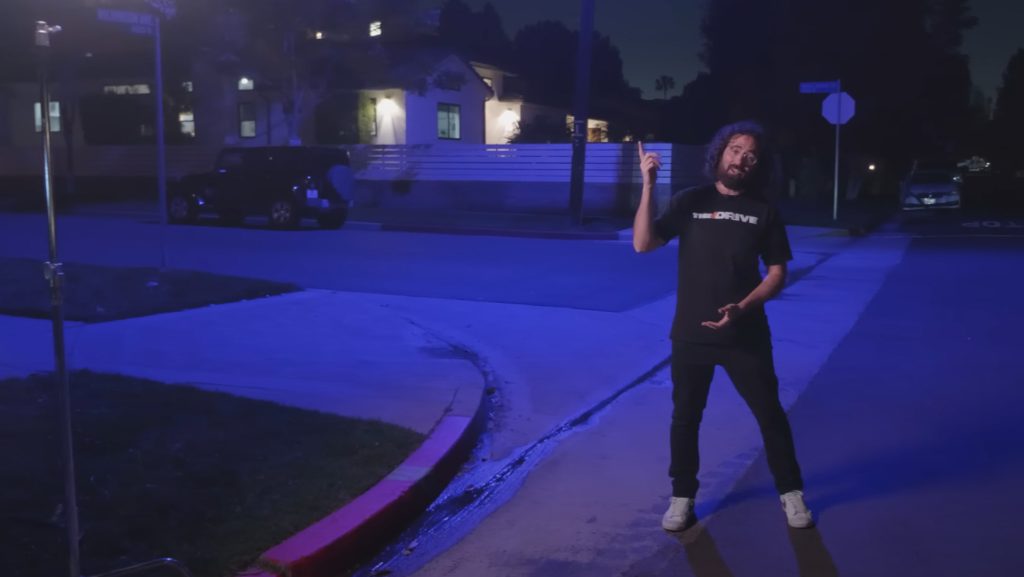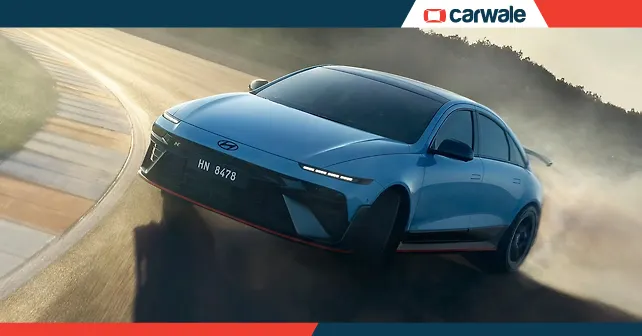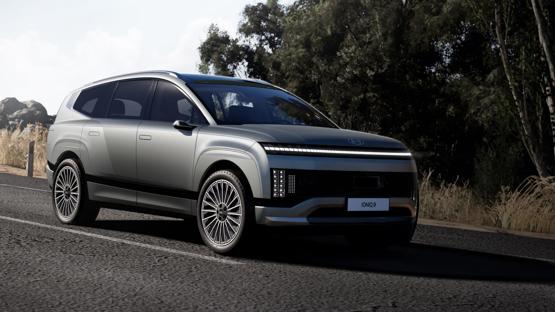

If you’re over the age of 25, you probably remember when streetlights had a warm, yellow-orange glow. That was emitted by sodium vapor lamps—the streetlight standard for many years. Recently, as lighting technology has changed, the old has been replaced with newer and more efficient LEDs. But it turns out that there were some unforeseen consequences of using the LEDs that were chosen for street-lighting duty.
In this video, our Editor-In-Chief, Kyle Cheromcha, digs into why so many street lights around America have turned purple and what could be done to rectify it.
I kind of like the color—it gives everything kind of a moody synthwave vibe. But that’s not what any municipality intended when the old lamps were swapped for LEDs.
As Mr. Cheromcha put it:
“The 2010s saw the first big push by local, state, and federal governments to switch out the old lamps for LED streetlights, which are a lot more efficient. They also produce a much harsher, colder, blueish white light that a lot of people can’t stand. So why are they turning purple now? The thing is, white LEDs don’t exist. To make one, manufacturers use a blue LED that shines through a special filter that turns it into white(ish) light.”
“And it turns out that in the mad rush to convert everything to LEDs, no one realized that the filter layer would break down a lot quicker than anyone expected, which causes the lights to turn purple. Or blue, depending on how complete the failure is.”
So it comes down to quality control … or lack thereof.
Give the video a watch and get the whole picture. Then make sure you’re subscribed to The Drive‘s YouTube channel to see these explainers every time they come out!
Got another automotive or infrastructure-related mystery you’d like to have solved? Drop us a line at [email protected]!







